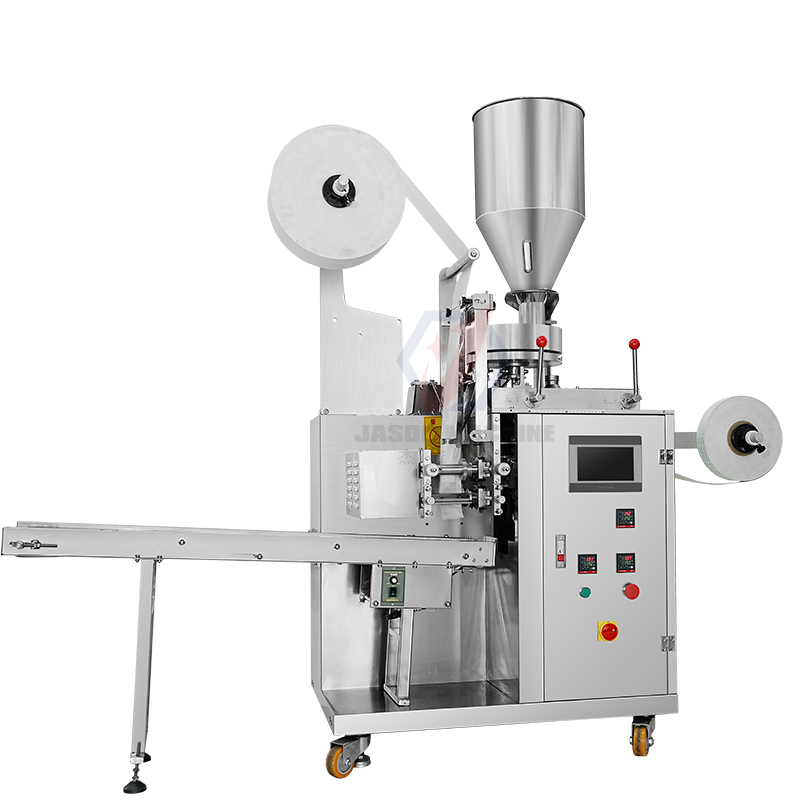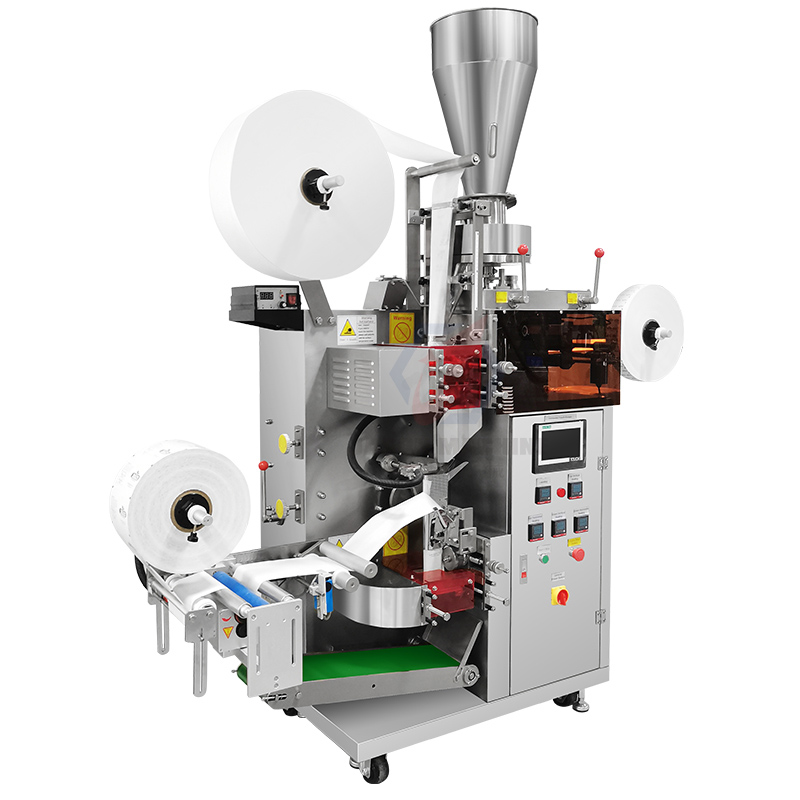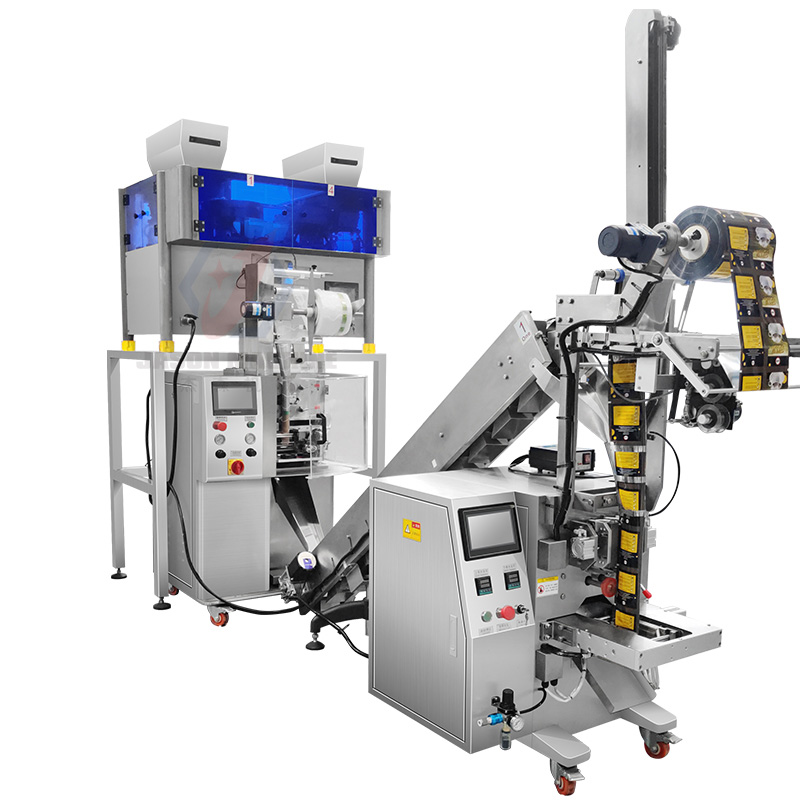-
Leave a Message : info@fsjspm.com
-
Phone : +86-13266347573
Leave a Message : info@fsjspm.com
Phone : +86-13266347573
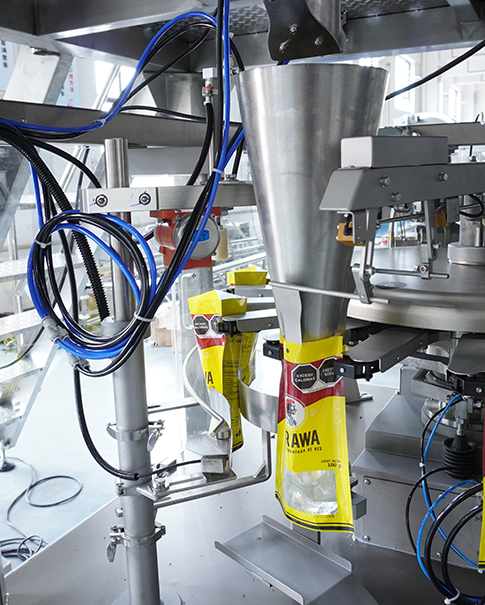
Tea Varieties and the Importance of Proper Packaging
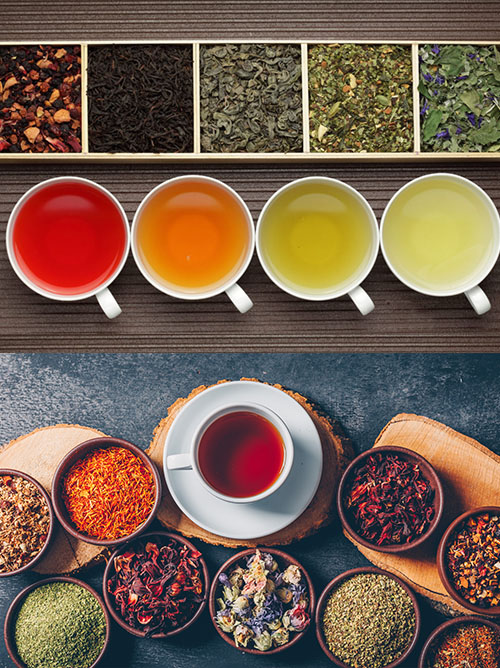
Tea is one of the most widely consumed beverages worldwide, and it comes in various types, each with unique flavors, aromas, and health benefits.
The main types of tea are:
Green Tea: Made from unoxidized tea leaves, it retains its green color and is known for its fresh, light flavor and numerous health benefits. Popular varieties include Sencha, Matcha, and Longjing.
Black Tea: This is fully oxidized, giving it a darker color and a more robust flavor. Some well-known varieties are Assam, Darjeeling, Earl Grey, and Ceylon.
Oolong Tea: A partially oxidized tea that lies between green and black tea, offering a balance of floral and fruity flavors. Famous types include Tie Guan Yin and Da Hong Pao.
White Tea: The least processed of all the teas, white tea is made from young tea leaves and buds. It has a delicate and light flavor, with varieties like Bai Mudan and Silver Needle.
Herbal Tea: Technically not a "true" tea, herbal teas are made from various plants, flowers, and herbs such as chamomile, peppermint, or hibiscus. They are caffeine-free and offer a wide range of flavors.
Pu-erh Tea: A fermented tea from China, known for its earthy taste and unique aging process. It’s available in both raw and cooked forms.
Packaging Methods for Tea
Tea packaging plays a crucial role in preserving the flavor, freshness, and quality of the leaves. Here are some common packaging methods:
Loose Leaf Packaging: This is often the preferred choice for high-quality tea, where the tea leaves are packaged in bulk in bags, tins, or boxes. Loose leaf tea allows for the best infusion and flavor profile, but it requires a tea infuser or strainer for brewing.
Tea Bags: These are convenient and widely used, especially for everyday tea. Tea bags are often made of paper or fabric, with a mesh-like material that holds the leaves in place. The convenience of a pre-measured serving of tea makes it easy for quick brewing.
Pyramidal Tea Bags – A premium version of traditional tea bags, these are made of mesh-like material and have more space for the leaves to expand, resulting in a better infusion and more aromatic tea.
Cans and Tins: Premium loose leaf tea is often packaged in metal cans or tins that provide an airtight seal to preserve the freshness and quality of the leaves over time. The tin also helps protect the tea from light, moisture, and odors.
Vacuum Sealed Packs: Vacuum sealing is commonly used for loose leaf tea, especially in bulk or larger quantities. This packaging method removes air and moisture, helping preserve the tea’s natural flavor and extend its shelf life.
Glass Jars: Used for premium teas, glass jars provide visibility and an attractive presentation. They also allow for airtight sealing to protect the tea from moisture and oxidation.
Why Proper Packaging is Essential for Tea
Packaging is incredibly important for tea because it preserves the delicate qualities of the leaves. Tea is highly sensitive to moisture, light, air, and temperature changes, all of which can degrade its flavor and freshness. Proper packaging helps protect the tea from these factors and extends its shelf life. For example, airtight packaging ensures that the tea does not lose its aroma or flavor due to exposure to oxygen, while opaque packaging helps shield the tea from light, which can lead to oxidation.
Packaging also influences the customer experience. Convenient, well-designed packaging enhances the ease of use and creates an appealing product that attracts consumers. Additionally, for premium teas, the packaging is often a reflection of the quality inside, adding an element of luxury or exclusivity to the brand.
Related Machines
